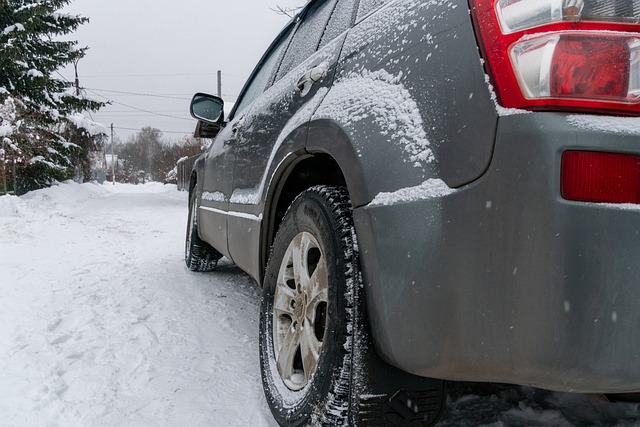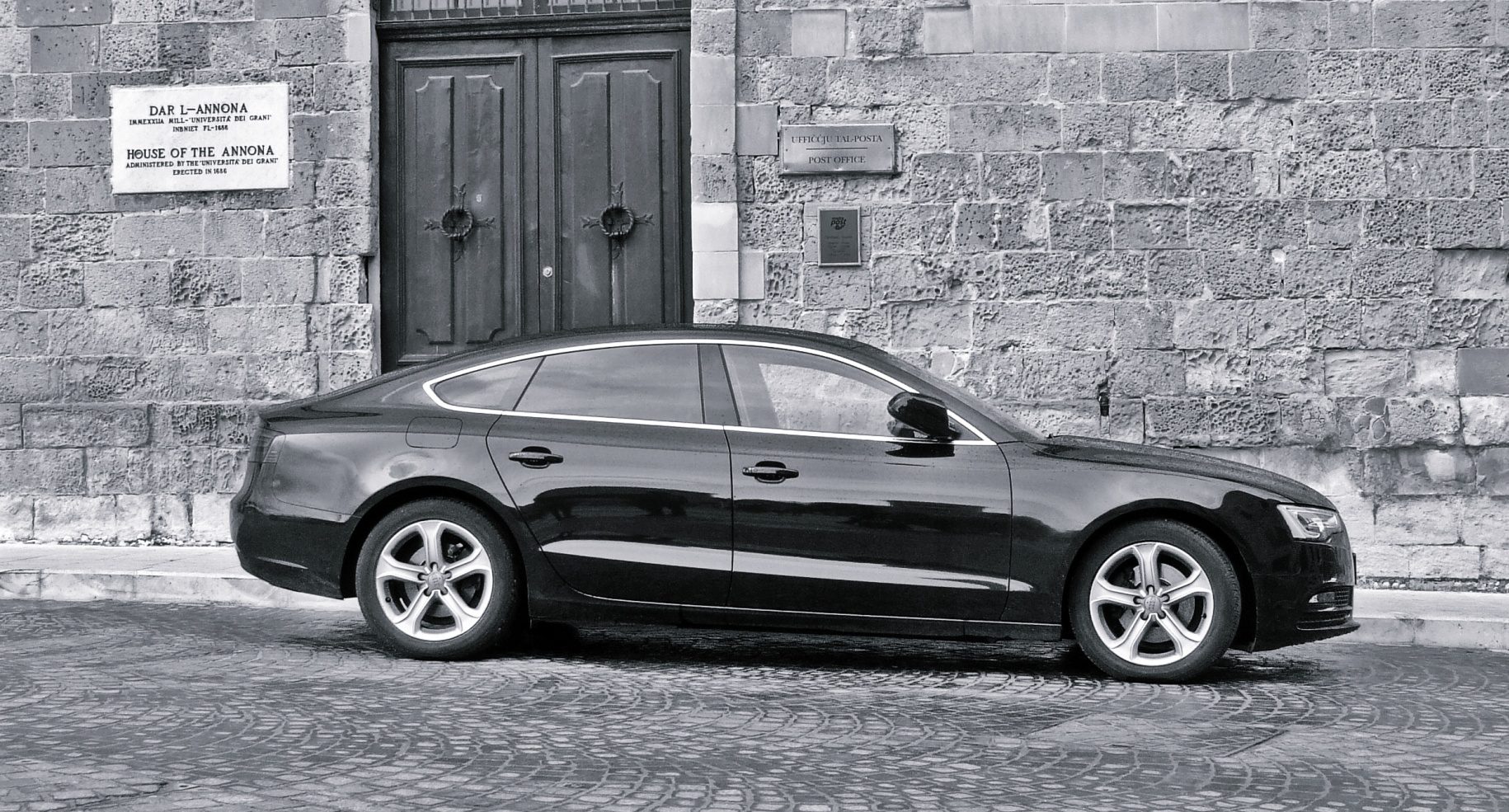Driving in winter can be dangerous due to the adverse weather conditions that occur at this time of year. Drivers must take certain precautions to ensure their safety and that of other road users.
When there is ice or snow on the road, the driving surface becomes slippery and it can be difficult to maintain control of the vehicle. It is important to slow down and increase the safe distance to the vehicle in front so that you can stop the car in an emergency. It is also advisable to use lower gears to gain traction and avoid skidding.
Low temperatures can affect vehicle performance in several ways. Oil viscosity is reduced, which can make it difficult to start the engine. It is important to check the level and condition of the oil and, if necessary, change to a thicker oil to accommodate the lower temperatures. It is also important to keep the battery in good condition, as low temperatures can reduce its performance.
It is essential to bear in mind that, in snowy and icy conditions, braking time is longer and braking distance increases. It is therefore important to drive with caution and to anticipate the manoeuvres of other drivers. In addition, it is advisable to carry winter equipment in the vehicle, such as snow chains or salt stones, if necessary.
In summary, driving in winter involves certain risks due to adverse weather conditions. It is important to reduce speed, increase the safety distance and be prepared for any emergency. With a little caution and good judgement, you can reach your destination safely even on the worst winter days.






